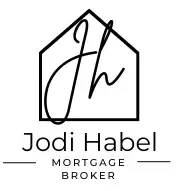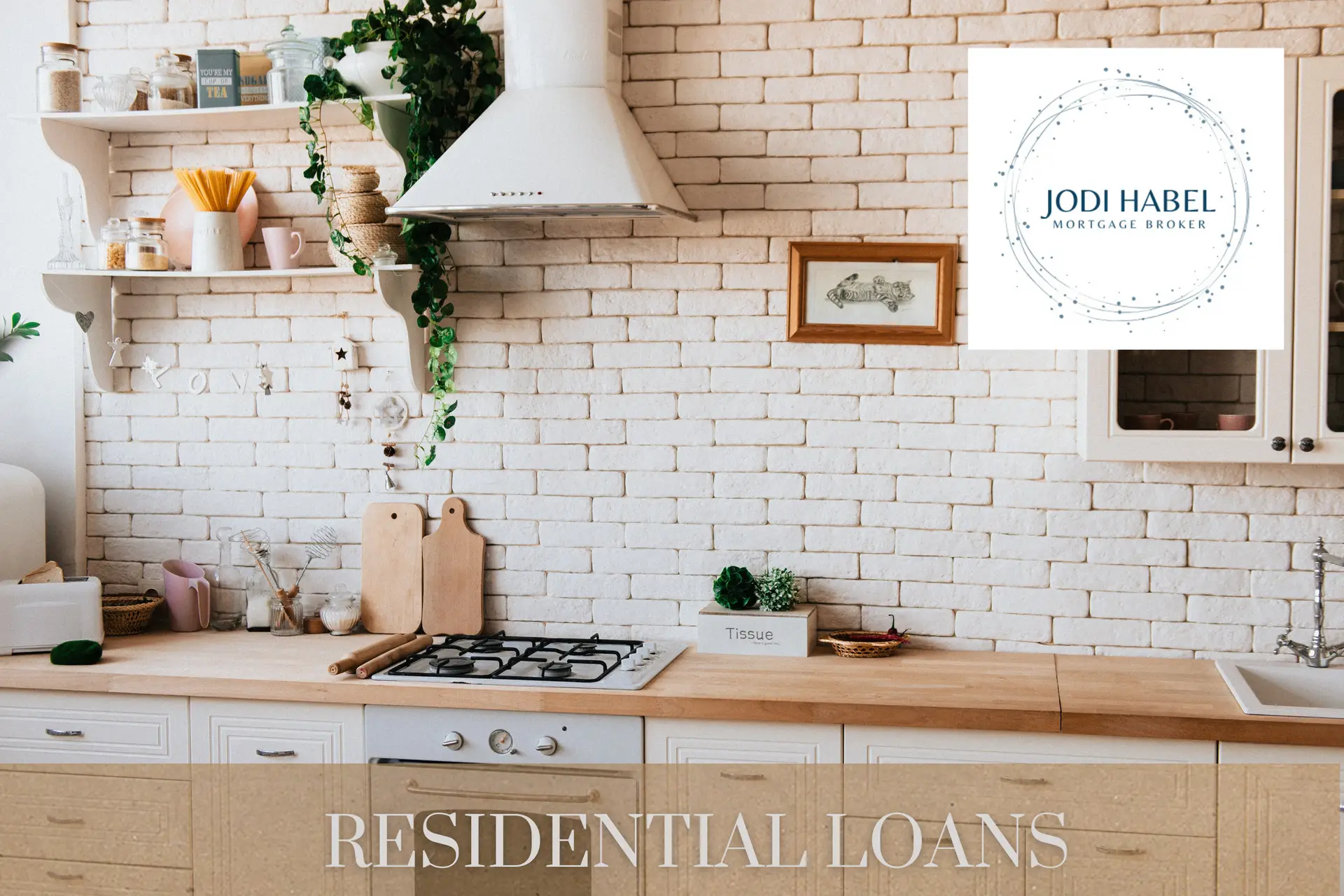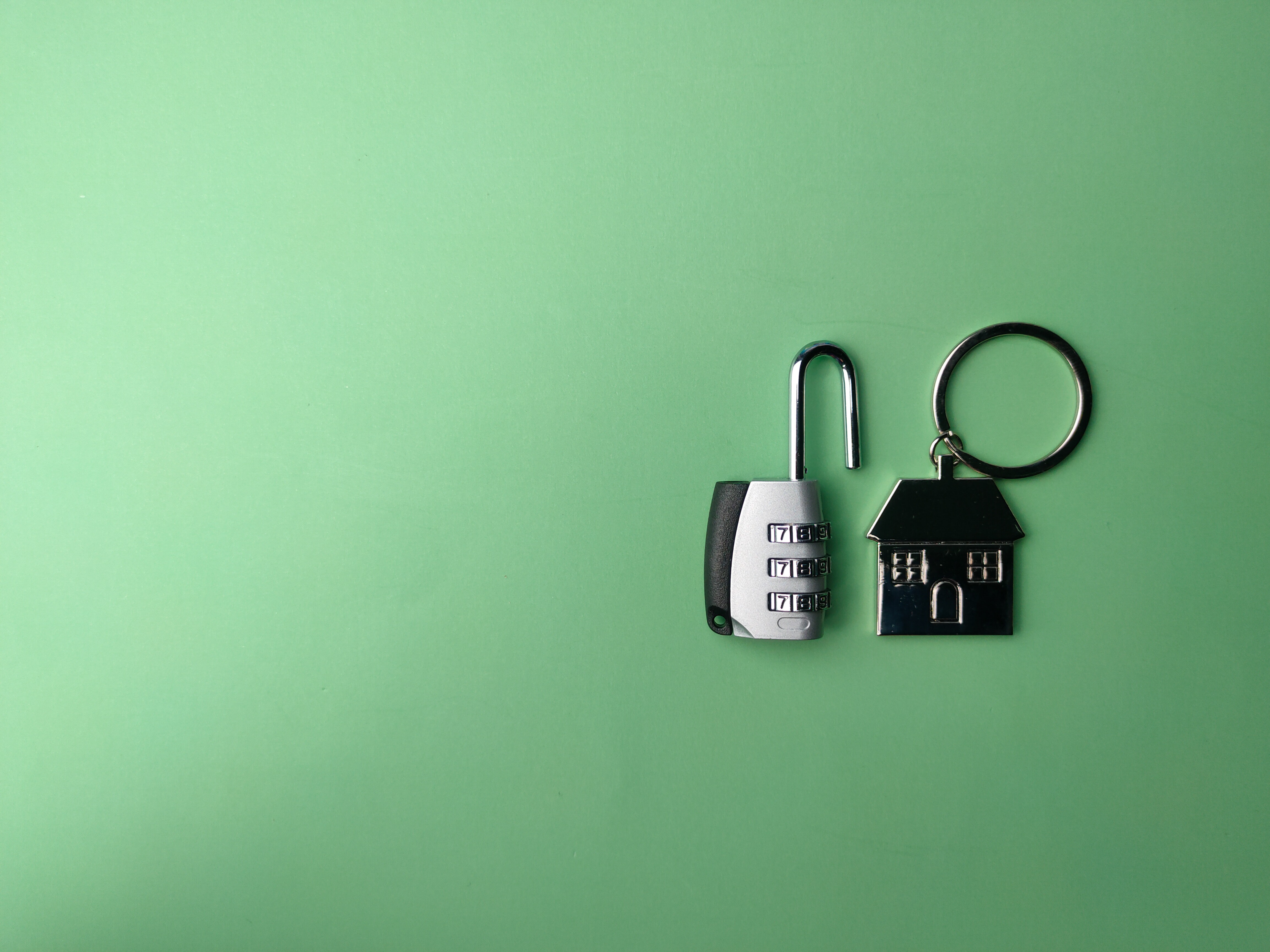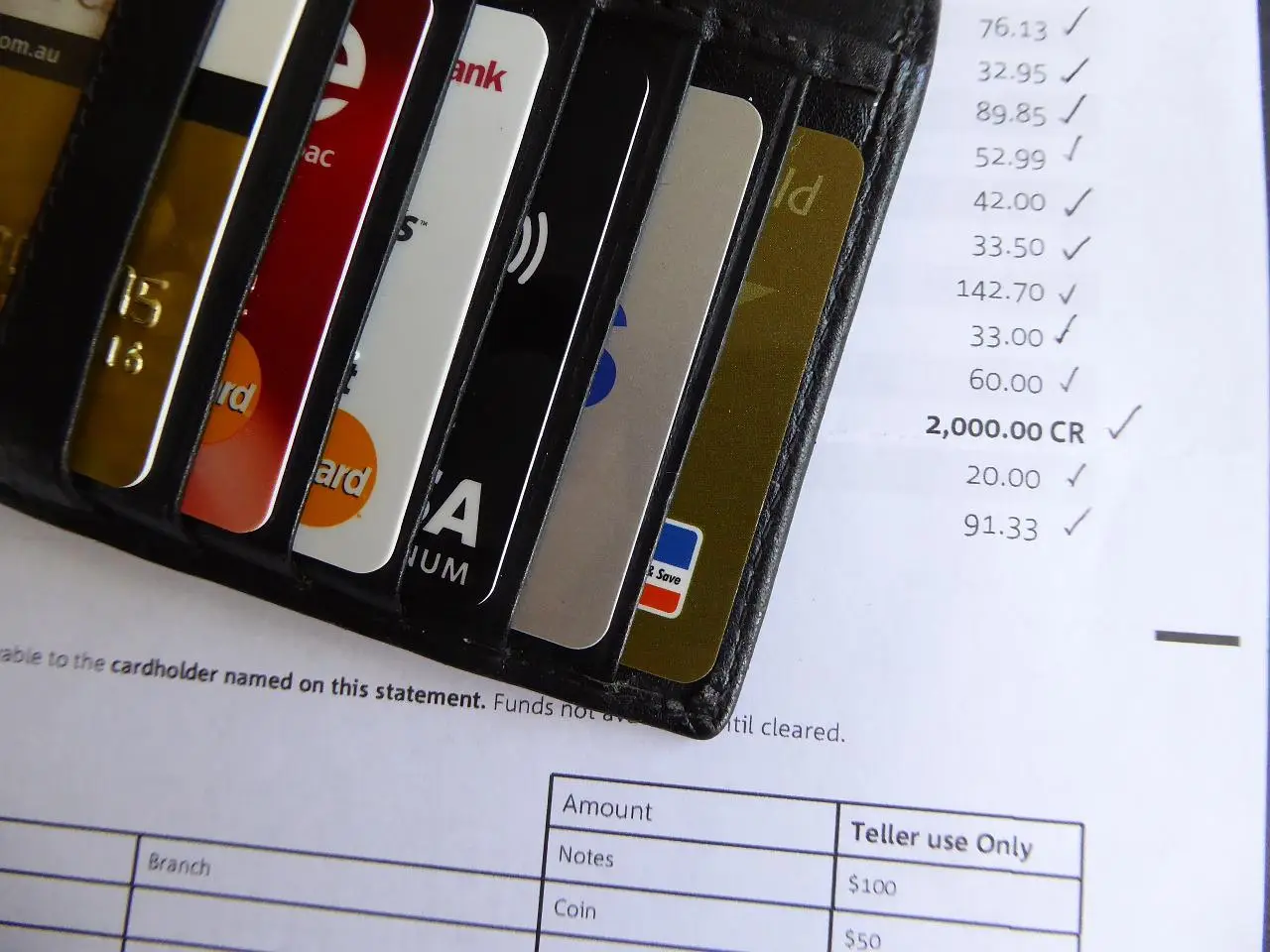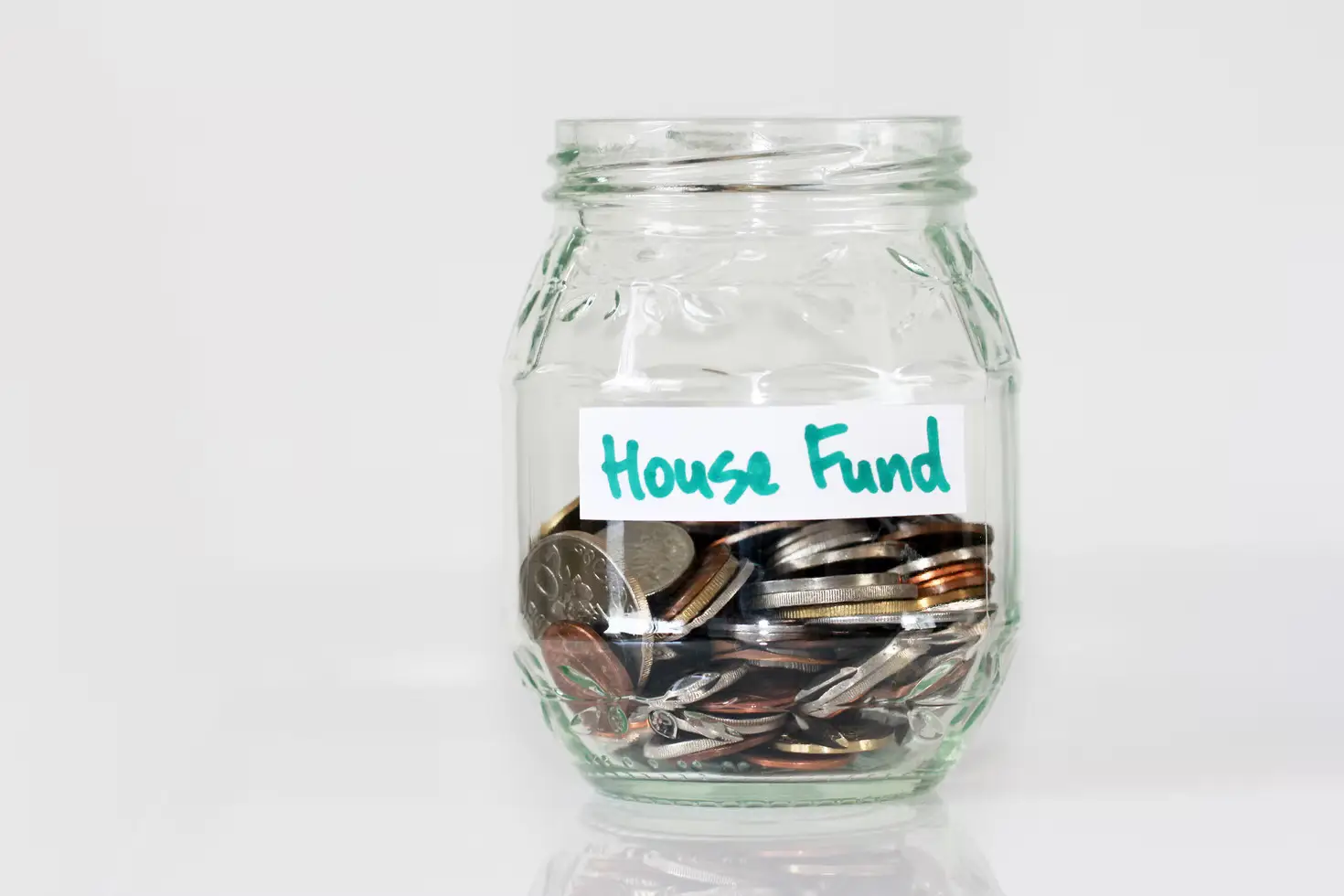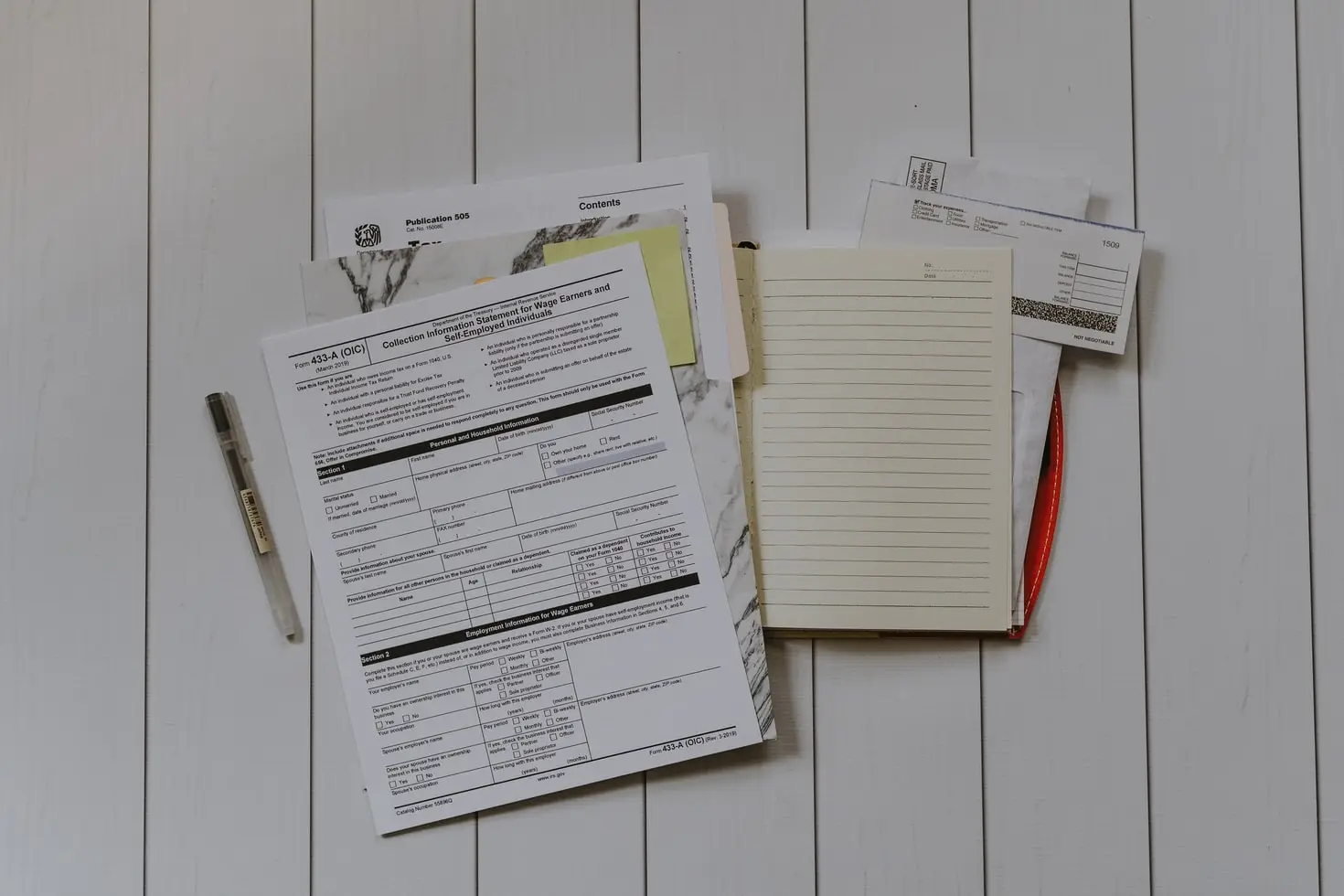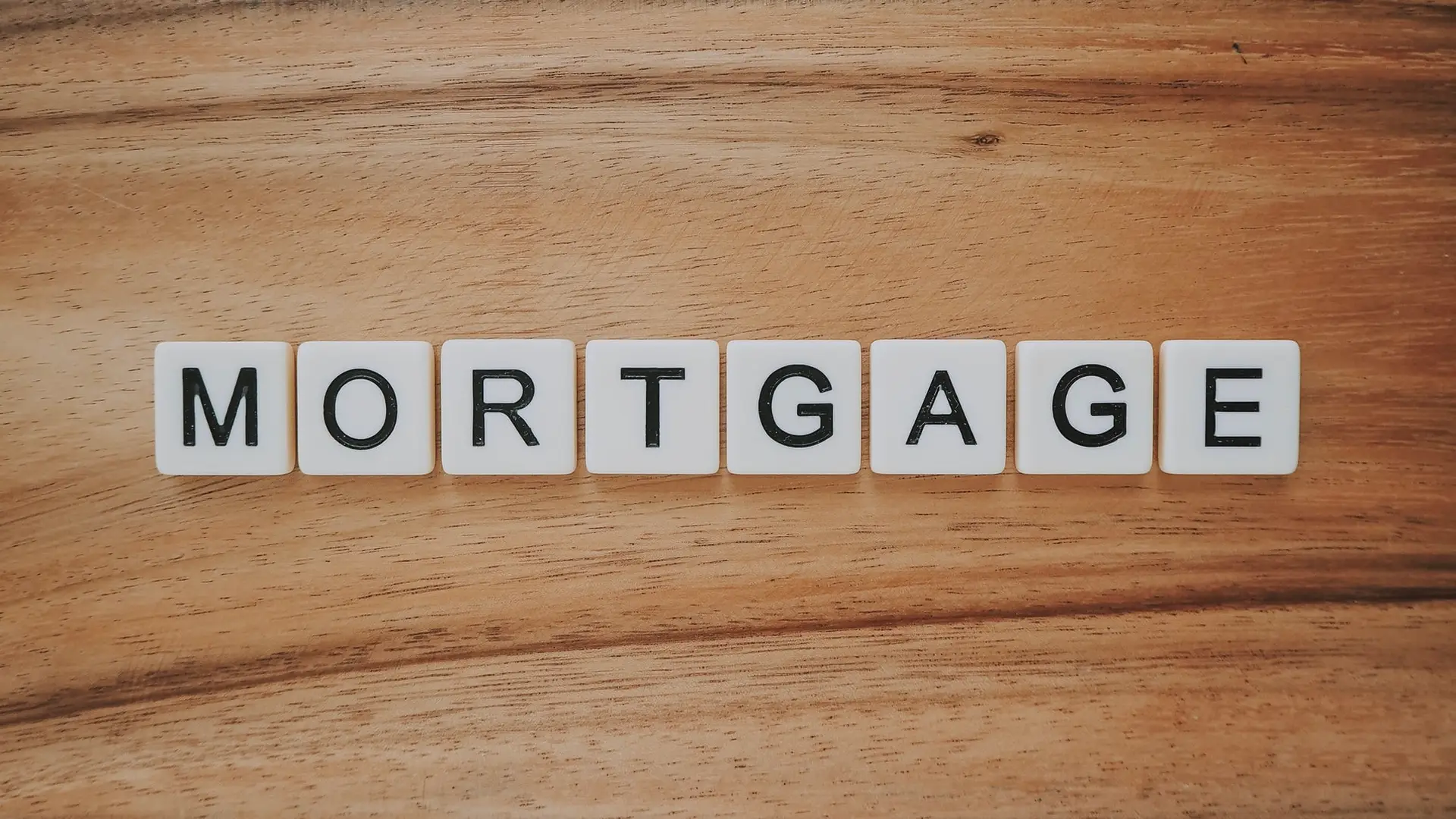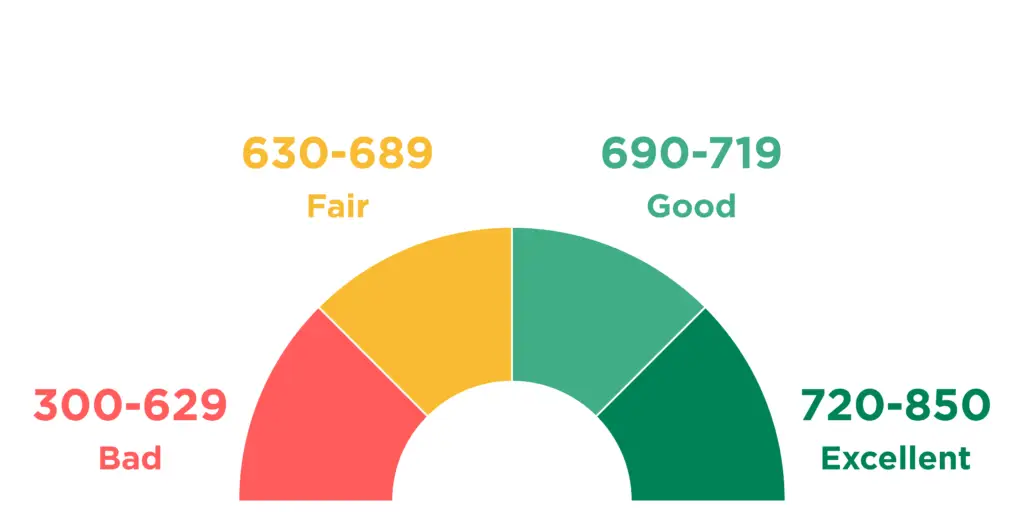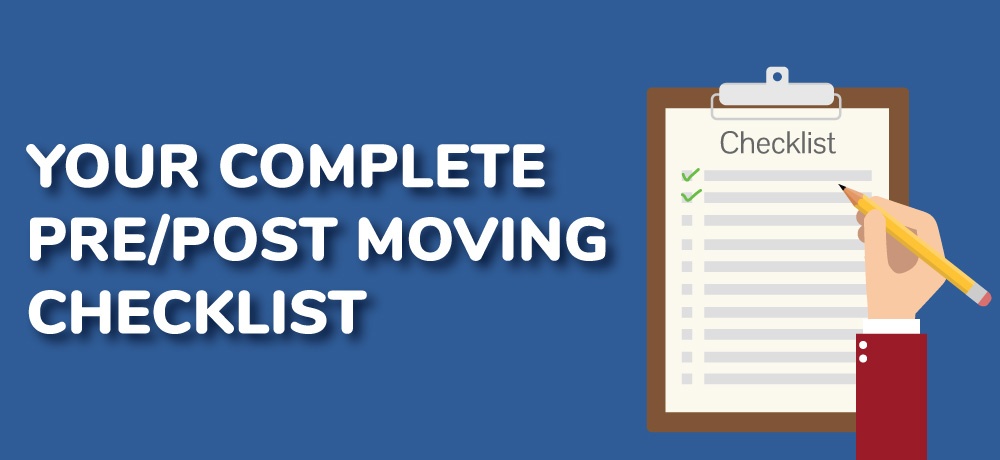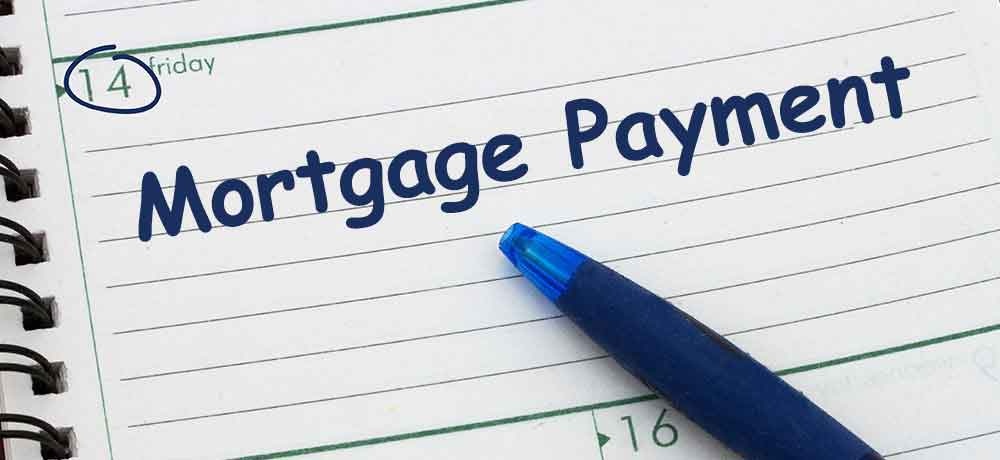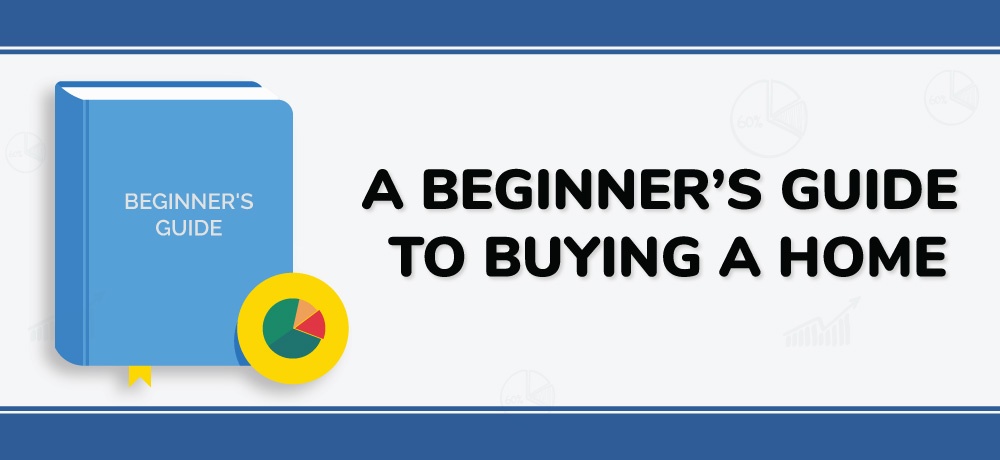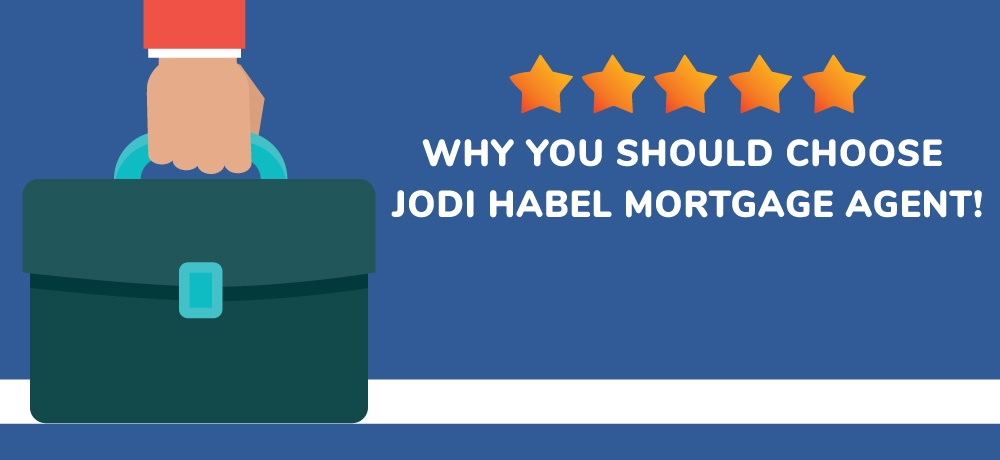
Unlocking Homeownership: How Mortgage Brokers in Cambridge, Ontario Can Save You Time and Money
Navigating the path to homeownership can often feel like a daunting journey filled with uncertainty and endless paperwork. But what if there was a way to simplify this process while also saving you both time and money? Enter mortgage brokers in Cambridge, Ontario—your trusted allies in the real estate market. With their expertise and local insights, these professionals unlock doors to financing options you might not even know existed. Rather than tackling the mortgage maze alone, leverage their connections and knowledge to secure the best deals tailored to your unique situation. Whether you’re a first-time buyer or looking to refinance, embracing the support of a mortgage broker can transform your home-buying experience from overwhelming to empowering. Get ready to turn your dream of homeownership into a reality as we explore how these experts can pave your way to success.
Understanding the Role of Mortgage Brokers
Mortgage brokers serve as intermediaries between borrowers and lenders, playing a crucial role in the home-buying process. They are licensed professionals who have in-depth knowledge of the mortgage market and are equipped to offer valuable advice and guidance. By assessing your financial situation and understanding your needs, mortgage brokers can help you identify the most suitable mortgage products available.
One of the primary responsibilities of a mortgage broker is to shop around for the best mortgage rates and terms on your behalf. They have access to a wide network of lenders, including banks, credit unions, and private lenders, which enables them to compare various mortgage options. This access to multiple sources of financing ensures that you get the most competitive rates and terms tailored to your specific circumstances.
Additionally, mortgage brokers assist with the entire application process, from gathering necessary documentation to submitting the application and following up with lenders. Their expertise helps streamline the process, making it less stressful and more efficient for homebuyers. By handling these tasks, mortgage brokers enable borrowers to focus on other aspects of the home-buying journey, such as finding the perfect property.
The Benefits of Using a Mortgage Broker in Cambridge, Ontario
Cambridge is a vibrant and growing city with a diverse real estate market. Using a mortgage broker in Cambridge, Ontario can offer several benefits, particularly due to their local knowledge and expertise. These professionals are well-versed in the specific nuances of the Cambridge housing market, which can be a significant advantage when searching for the best mortgage deals.
One of the key benefits of working with a mortgage broker in Cambridge, Ontario is their ability to provide personalized service. They take the time to understand your unique financial situation and long-term goals, ensuring that the mortgage products they recommend align with your needs. This personalized approach can make a substantial difference in securing a mortgage that fits your budget and lifestyle.
Furthermore, mortgage brokers in Cambridge, Ontario often have established relationships with local lenders and real estate agents. These connections can be invaluable when it comes to negotiating better terms and rates. By leveraging their professional network, mortgage brokers can often secure deals that may not be available to the general public, ultimately saving you money and enhancing your home-buying experience.
How Mortgage Brokers Can Save You Time
Time is a precious commodity, especially when you’re navigating the complex process of buying a home. Mortgage brokers can save you a significant amount of time by handling many of the time-consuming tasks associated with securing a mortgage. From researching lenders to completing paperwork, these professionals take on the heavy lifting, allowing you to focus on other important aspects of your life.
One of the ways mortgage brokers save you time is by conducting thorough market research on your behalf. Instead of spending hours searching for mortgage rates and terms, a broker will do the legwork for you. They have access to a wide range of lenders and can quickly compare multiple options to find the best fit for your needs. This efficiency not only saves you time but also ensures you get the most competitive rates available.
Additionally, mortgage brokers streamline the application process by helping you gather and organize the necessary documentation. They know exactly what lenders require and can guide you through the process step-by-step. By ensuring that your application is complete and accurate, mortgage brokers minimize the risk of delays and rejections, further saving you time and reducing stress.
Cost Savings: How Mortgage Brokers Help You Save Money
One of the most compelling reasons to work with a mortgage broker is the potential for significant cost savings. Mortgage brokers have the expertise and industry connections to secure the best possible rates and terms, which can result in substantial savings over the life of your mortgage. Even a slight reduction in your interest rate can translate to thousands of dollars saved over the years.
Mortgage brokers have access to a wide range of mortgage products, including those that may not be available to the general public. This access allows them to find unique and competitive offers that fit your specific financial situation. By leveraging their relationships with lenders, brokers can often negotiate better terms, such as lower interest rates, reduced fees, or more favorable repayment conditions.
Another way mortgage brokers help you save money is by offering valuable advice on mortgage-related expenses. They can provide insights into various costs associated with homeownership, such as closing costs, insurance, and property taxes. By helping you understand and plan for these expenses, mortgage brokers ensure that you are fully prepared for the financial responsibilities of owning a home, ultimately leading to a more cost-effective and manageable home-buying experience.
Navigating the Mortgage Process with a Broker
The mortgage process can be complex and overwhelming, especially for first-time homebuyers. Mortgage brokers play a crucial role in guiding you through each step, ensuring that you understand your options and make informed decisions. Their expertise and support can make the entire process more manageable and less stressful.
One of the first steps in the mortgage process is pre-approval. A mortgage broker will help you gather the necessary documentation and submit your application to multiple lenders. This pre-approval not only gives you a clear idea of how much you can borrow but also strengthens your position as a serious buyer when making offers on properties. With a broker’s assistance, you can navigate this initial step with confidence.
Once you have found your ideal home, the mortgage broker will assist you in finalizing the mortgage application. They will guide you through the various options, explaining the terms and conditions of each mortgage product. This personalized advice ensures that you choose a mortgage that best suits your financial situation and long-term goals. Additionally, brokers will handle the communication with lenders, addressing any questions or concerns that arise during the approval process.
Key Questions to Ask Your Mortgage Broker
When working with a mortgage broker, it’s essential to ask the right questions to ensure you are getting the best possible service and advice. By understanding their expertise and approach, you can make informed decisions and feel confident in your choice of broker.
One of the first questions to ask your mortgage broker is about their experience and qualifications. Inquire about their years of experience in the industry, any certifications they hold, and their familiarity with the Cambridge, Ontario real estate market. Knowing that your broker has the necessary expertise and local knowledge can provide peace of mind and assurance.
Another important question to ask is about the range of lenders and mortgage products they work with. A good mortgage broker should have access to a diverse network of lenders, including major banks, credit unions, and private lenders. This variety ensures that you have access to the best possible options. Additionally, ask about any fees or commissions the broker may earn from lenders, as this can impact their recommendations.
Finally, inquire about the broker’s approach to customer service. Ask how they will keep you informed throughout the process, what kind of support they offer, and how they handle any issues that may arise. A responsive and supportive broker can make a significant difference in your home-buying experience, ensuring that you feel confident and well-informed every step of the way.
Comparing Mortgage Options: Why Brokers Are Essential
Comparing mortgage options can be a daunting task, especially with the wide variety of products available in the market. Mortgage brokers play an essential role in simplifying this process by providing expert advice and helping you understand the pros and cons of each option. Their guidance ensures that you make an informed decision that aligns with your financial goals.
Mortgage brokers have access to a vast array of mortgage products, including fixed-rate, variable-rate, and hybrid mortgages. They can explain the differences between these options, helping you understand how each one works and its potential impact on your finances. This knowledge is crucial in making an informed decision that suits your needs and risk tolerance.
Additionally, mortgage brokers can help you compare the total cost of different mortgage options, taking into account factors such as interest rates, fees, and repayment terms. By providing a comprehensive analysis, they enable you to see the bigger picture and understand the long-term implications of each choice. This thorough comparison ensures that you select the most cost-effective and suitable mortgage for your situation.
The Impact of Local Knowledge on Mortgage Rates
Local knowledge can have a significant impact on the mortgage rates and terms you receive. Mortgage brokers in Cambridge, Ontario have a deep understanding of the local real estate market, which can be a valuable asset when securing a mortgage. Their insights into market trends, property values, and lender preferences can help you obtain the best possible rates and terms.
One of the key advantages of working with a local mortgage broker is their familiarity with the specific neighborhoods and communities within Cambridge. This knowledge allows them to provide tailored advice based on the unique characteristics of each area. For example, they can help you understand how factors such as school districts, transportation options, and local amenities may influence property values and mortgage rates.
Moreover, local mortgage brokers often have established relationships with local lenders and real estate professionals. These connections can be instrumental in negotiating better rates and terms. Lenders may be more willing to offer favorable conditions to borrowers who are represented by a trusted local broker, as they value the broker’s expertise and ability to bring in qualified clients. This local advantage can result in significant savings and a smoother home-buying process.
Success Stories: Real-Life Examples of Broker Benefits
Real-life success stories can provide valuable insights into the benefits of working with a mortgage broker. These examples highlight how brokers have helped clients save time and money, secure favorable rates, and navigate the complexities of the mortgage process with ease.
One such success story involves a first-time homebuyer in Cambridge, Ontario who was overwhelmed by the mortgage process. By working with a local mortgage broker, they were able to secure a pre-approval quickly and efficiently. The broker’s expertise and connections allowed them to find a competitive mortgage rate that the client would not have been able to access on their own. This support and guidance transformed the client’s home-buying experience from stressful to seamless.
Another example features a couple looking to refinance their existing mortgage to take advantage of lower interest rates. Their mortgage broker conducted a thorough analysis of their financial situation and identified a refinancing option that significantly reduced their monthly payments. The broker’s ability to negotiate with lenders and secure favorable terms resulted in substantial savings for the couple, allowing them to allocate more funds towards other financial goals.
These success stories demonstrate the tangible benefits of working with a mortgage broker. Whether you are a first-time buyer or looking to refinance, the expertise, connections, and personalized service provided by a mortgage broker can make a significant difference in your home-buying journey.
Conclusion: Making the Right Choice for Homeownership
In conclusion, navigating the path to homeownership can be a complex and time-consuming process, but mortgage brokers in Cambridge, Ontario offer invaluable support and expertise. Their ability to simplify the mortgage process, secure competitive rates, and provide personalized advice can save you both time and money. By leveraging their local knowledge and industry connections, mortgage brokers can help you make informed decisions and achieve your homeownership goals with confidence.
Whether you are a first-time homebuyer or looking to refinance, working with a mortgage broker can transform your experience from overwhelming to empowering. Their guidance and support ensure that you find the best mortgage options tailored to your unique financial situation and long-term goals. By asking the right questions and understanding the benefits of using a broker, you can make the right choice for your homeownership journey.
Ultimately, embracing the expertise of a mortgage broker can unlock the doors to homeownership, turning your dream of owning a home into a reality. With their help, you can navigate the mortgage maze with ease, secure the best deals, and embark on a successful and rewarding home-buying journey. So, take the first step towards unlocking homeownership by partnering with a trusted mortgage broker in Cambridge today.
Ready to Talk Strategy?
Whether you’re buying your first home, renewing, refinancing, or planning to become mortgage-free faster — let’s build a plan that fits your goals.
📞 Call or Text: 519-590-5634
📅 Book a Discovery Call
📩 Apply Online
🌐 Visit jhabelmortgages.ca
(All mortgages subject to approval. FSRA Lic. #13691)
